As a border region, Hauts-de-France, and Pas-de-Calais in particular, witnessed the major conflicts of the 20th century. The two world wars left indelible scars here. Today, the region is dotted with memorial sites that pay tribute to the victims who fell during the fighting, and museums that tell the story of the two wars. During your camping holiday in Pas-de-Calais with your tent or caravan, don’t miss the opportunity to immerse yourself in the turbulent history of the 20th century in northern France.
Our campsites in Pas-de-Calais
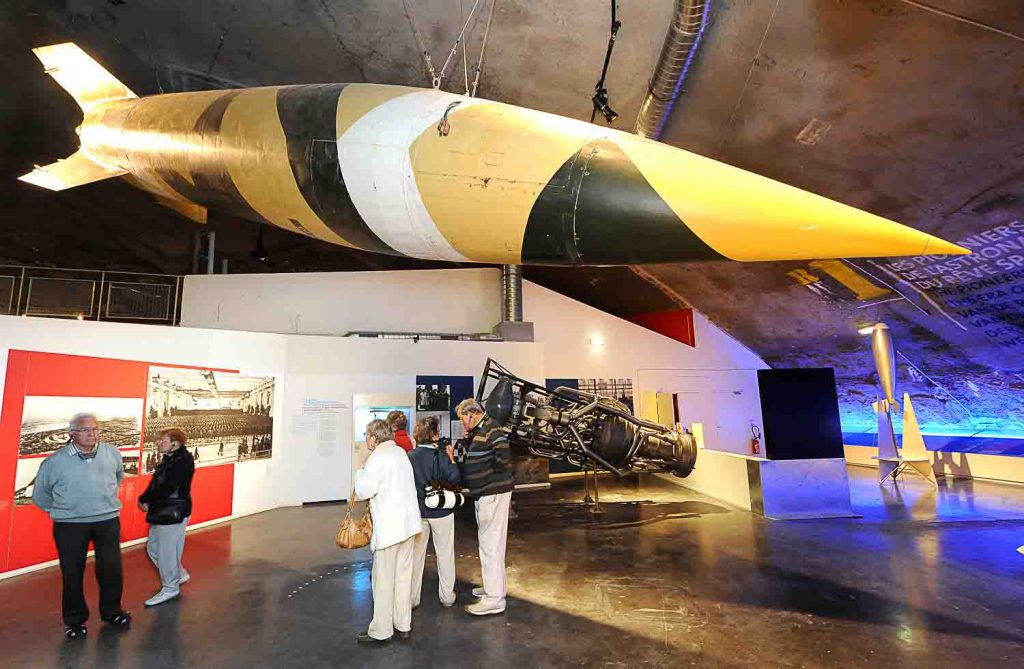
First World War memorial sites near your campsite in Pas-de-Calais
The First World War had a profound impact on Pas-de-Calais. It must be said that fighting took place there throughout the four years of conflict. On the front line that crosses Pas-de-Calais, it was mainly British troops, with soldiers from across the Commonwealth, and German troops who fought each other throughout the war, which explains the numerous monuments dedicated to Commonwealth soldiers. In Vimy, you can visit the Memorial that Canada erected in memory of the 66,000 Canadian soldiers who died on the Pas-de-Calais front. Not far away, at the foot of the hill of Notre-Dame-de-Lorette, the Notre-Dame-de-Lorette 14-18 Memorial History Centre awaits you. This museum looks back at the First World War in Pas-de-Calais through the 90 km of front line from 1914 to 1918. With iconic objects, unpublished photographs, period films and animated maps, this museum gives us a better understanding of this war.
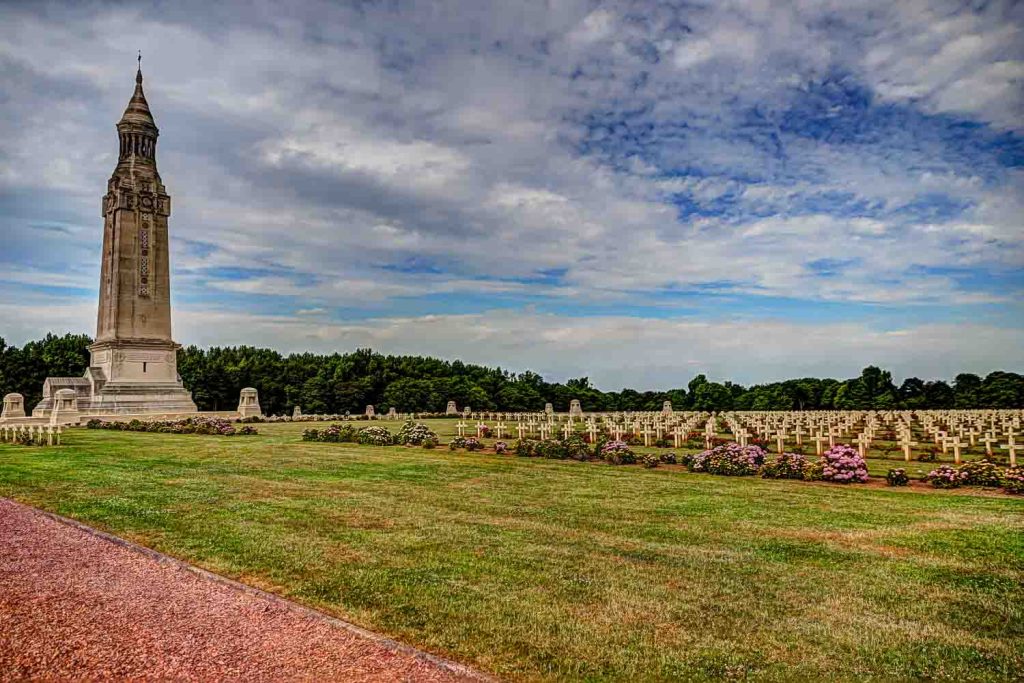

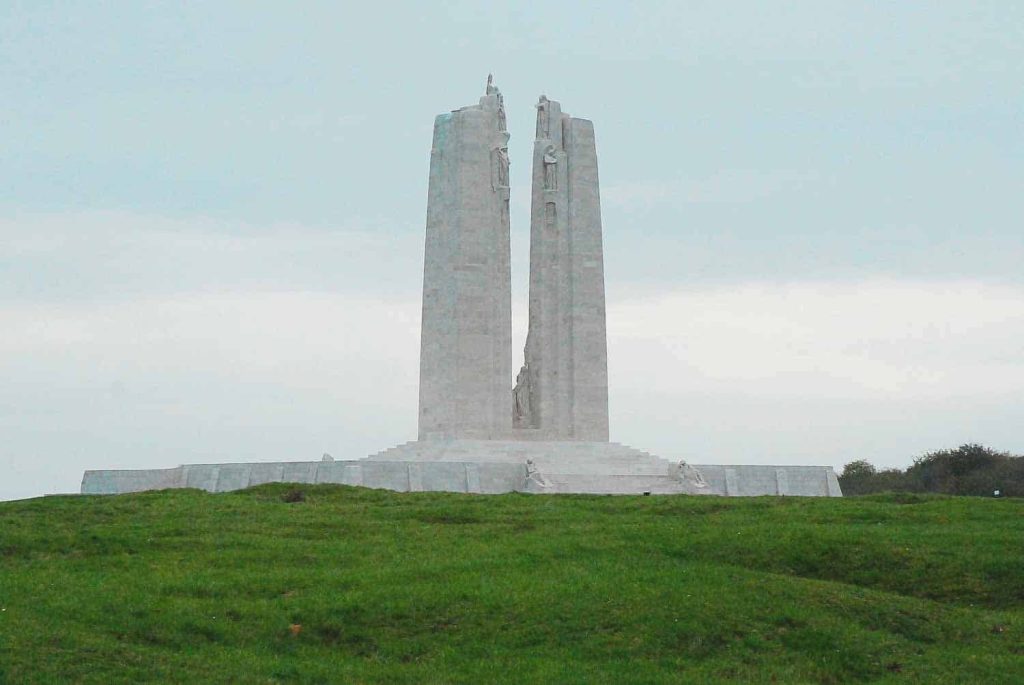
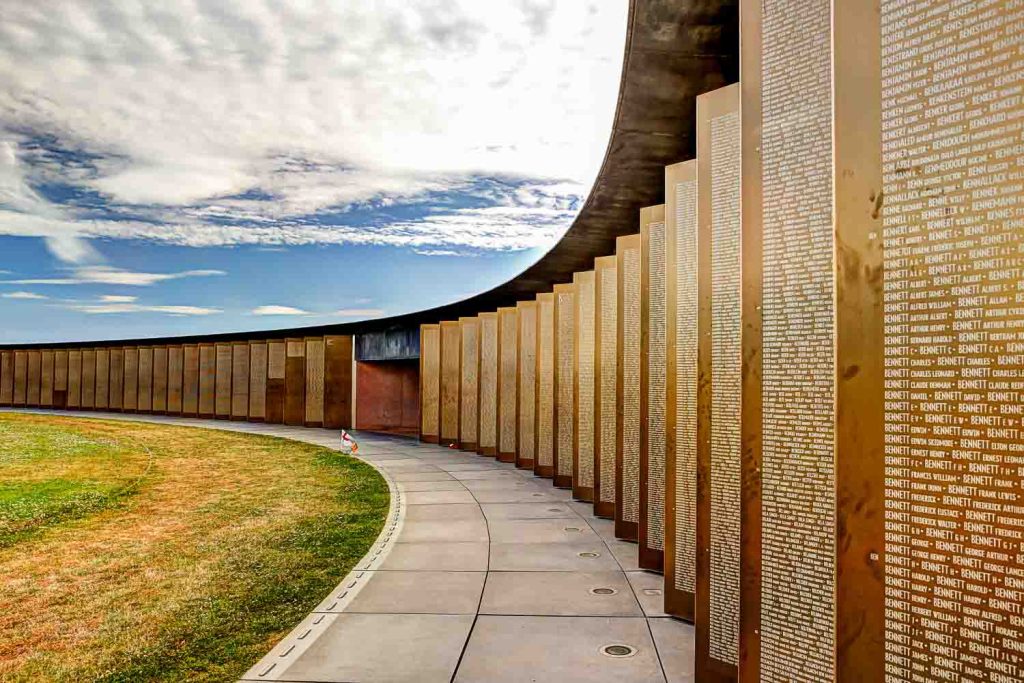
The Ring of Remembrance was built on the same site. Set into the hillside, this ring is 345 metres long, 56 metres of which are suspended in mid-air. It bears the names of the 580,000 soldiers who died in Pas-de-Calais between 1914 and 1918. These names are listed in alphabetical order, without distinction of nationality or rank.
Not far away, in Arras, Wellington’s quarry recounts an often overlooked episode from the First World War. This quarry extends 20 metres beneath the cobblestones of Arras, where, for six months, the British prepared their offensive in the spring of 1917. Their idea was to transform the city’s chalk quarries into a veritable underground barracks capable of accommodating up to 24,000 soldiers in order to launch a surprise offensive on 9 April 1917. Guided tours take you 20 metres underground to discover this incredible network of galleries. Allow 1 hour and 15 minutes for the tour. Please note that the temperature in the galleries is a constant 11°C. So remember to bring a jumper, even if it’s boiling hot outside! After the tour, if you wish, you can prolong the experience by enjoying a traditional English breakfast 20 metres underground!
Second World War sites to visit from your campsite in Saint-Omer
The town of Saint-Omer played a special role during the Second World War. In Eperlecques, near your campsite in Saint-Omer, the Germans set up one of their main launch bases for the V1 and V2 missiles that bombarded London during the final years of the war in a blockhouse. Although bombed several times by Allied troops, the blockhouse remained standing. It is the largest blockhouse in northern France. During your visit, you will learn everything you want to know about the V1 and V2 missiles and see two of them on their launch pads. The Eperlecques blockhouse was supposed to be part of a group of sites in northern France, as in 1943, not far from Saint-Omer, in Helfaut, La Coupole, a gigantic underground bunker consisting of hundreds of metres of tunnels, was built. It owes its name to the reinforced concrete hemisphere covering it, which is 77 metres in diameter and 5.5 metres thick.

It was supposed to become a V2 launch base, but Allied bombing and the Normandy landings delayed and then cancelled its commissioning. Today, it is a centre for remembrance and history that gives you a better understanding of the war. The former launch complex is now dedicated to space exploration. It now houses a 360° dome which, thanks to 3D technology, immerses you in space for a journey that is more real than life itself.


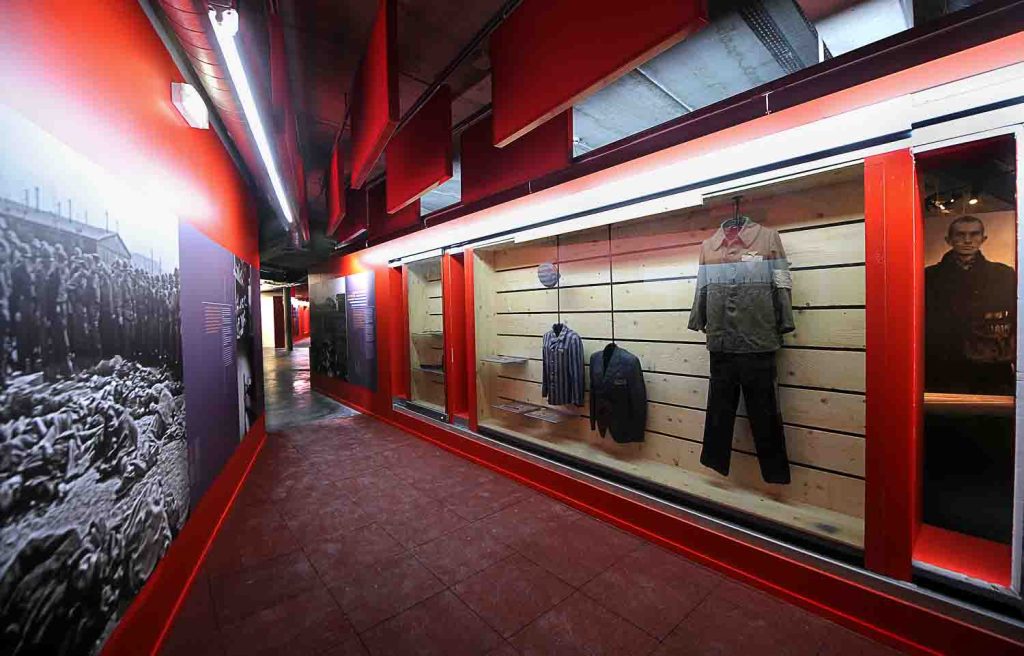

The Mimoyecques Fortress, just a stone’s throw from your campsite on the Opal Coast
The Mimoyecques fortress, which you can visit from your campsite in Pas-de-Calais, was also part of the German missile launch network during the Second World War. It is located near the coast, not far from the site of the two Capes. It was built in 1943 to house a new type of weapon, the V3. With its five cannons, it was capable of firing 1,500 shells a day at London. A visit here will delight military history enthusiasts, especially as the site has a double attraction. Carved out of a chalk massif, the Mimoyecques fortress is also a remarkable natural site where more than 500 bats nest.
To complement your discovery of the historic sites of the Second World War in Pas-de-Calais, why not take a short detour to Dunkirk during your camping holiday in Pas-de-Calais? Four years before the Normandy landings, Dunkirk was the site of Operation Dynamo, which aimed to evacuate more than 300,000 Allied soldiers from France to England in less than 10 days. The Dunkirk 1940 Museum retraces this significant episode from the early days of the Second World War. The museum has a rich collection of military maps, photographs, weapons and uniforms.
Camping sites in Pas-de-Calais near First and Second World War sites
A selection of campsites for caravans, tents or motorhomes in Pas-de-Calais.

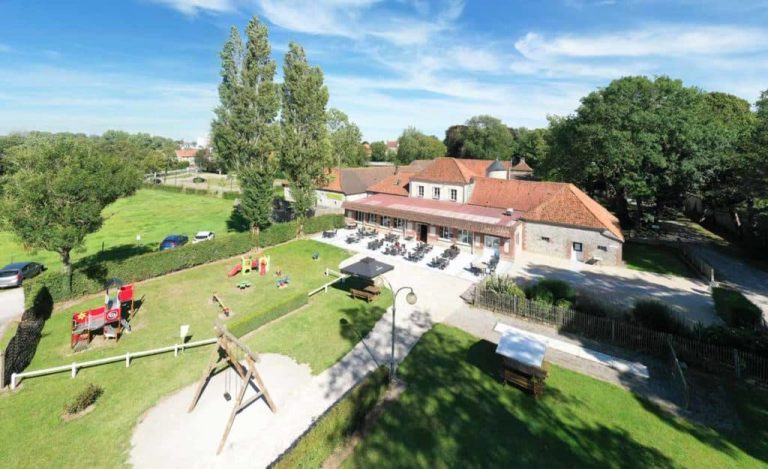
Leave a Reply